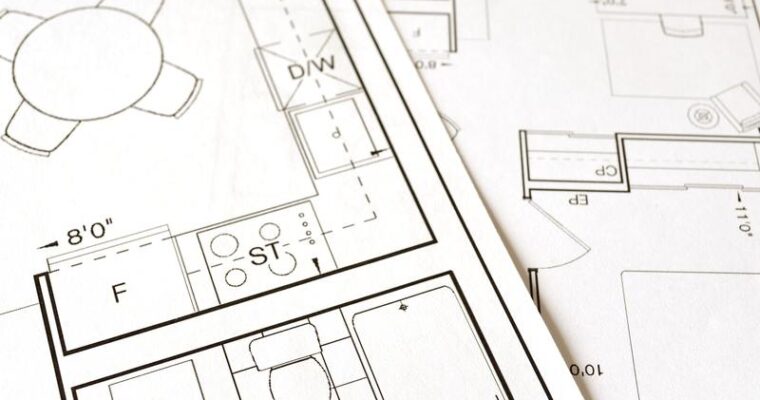
How to choose a floor plan | 8 things to consider
Choosing a floor plan can be fun
There are many things to consider when choosing a floor plan, and it can be a fun process. I will discuss 8 main items to pay attention to when narrowing down your search for your dream home.
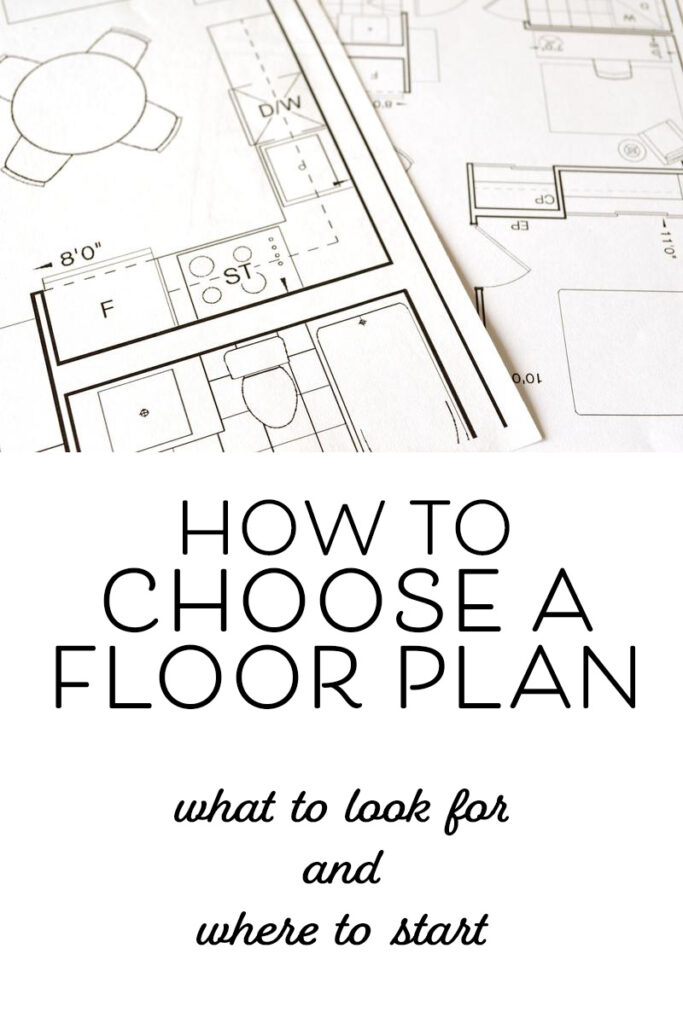
Lot and location
will the floor plan fit and fit in?
No house should ever be on a hill or on anything. It should be of the hill. Belonging to it.
Frank Lloyd Wright

There are many things to consider when choosing a house plan for a specific lot:
- Setbacks on all sides – will the floor plan fit within these bounds?
- Height restrictions – check with the city, county, and HOA because they may be different
- Style – Choose a house plan whose style will work in the setting, and if there are other homes nearby, like in a neighborhood setting, make sure your plan will fit in. Hopefully, you wouldn’t build a castle in the middle of suburbia (although I’m sure someone has), or a skyscraper in a wide-open prairie.
- Other local codes – example: some areas have a requirement for the percentage of masonry on the exterior.

Choose a floor plan with the right view and orientation
Will the floor plan accentuate the view?
Do you have a nice view out the back? Make sure the floor plan you select has big windows to accentuate that view.
We love porches and outdoor living spaces but it’s important to consider how they will affect your view and natural light inside the home. Do you want to look out and see the patio furniture or the view? Maybe there’s a floor plan that allows for porch enjoyment that takes in the view without blocking the view/light inside the house.
Is the floor plan oriented to let in the right kind of natural light?
Consider the orientation or direction the house faces.
Typically the best light comes from the South because it is ambient and not direct light like East or West light, and you usually get a little more southern light in the winter when you want it most.
North light is also ambient light.
If possible, it’s good to have your biggest windows facing south.
If the plan you love will have a lot of West-facing windows, can they be shaded by trees or porches to prevent that direct light and heat from pouring in?
Sometimes ordering the plan in REVERSE will solve any orientation problem areas. A Reverse is just a mirror image of the plan.
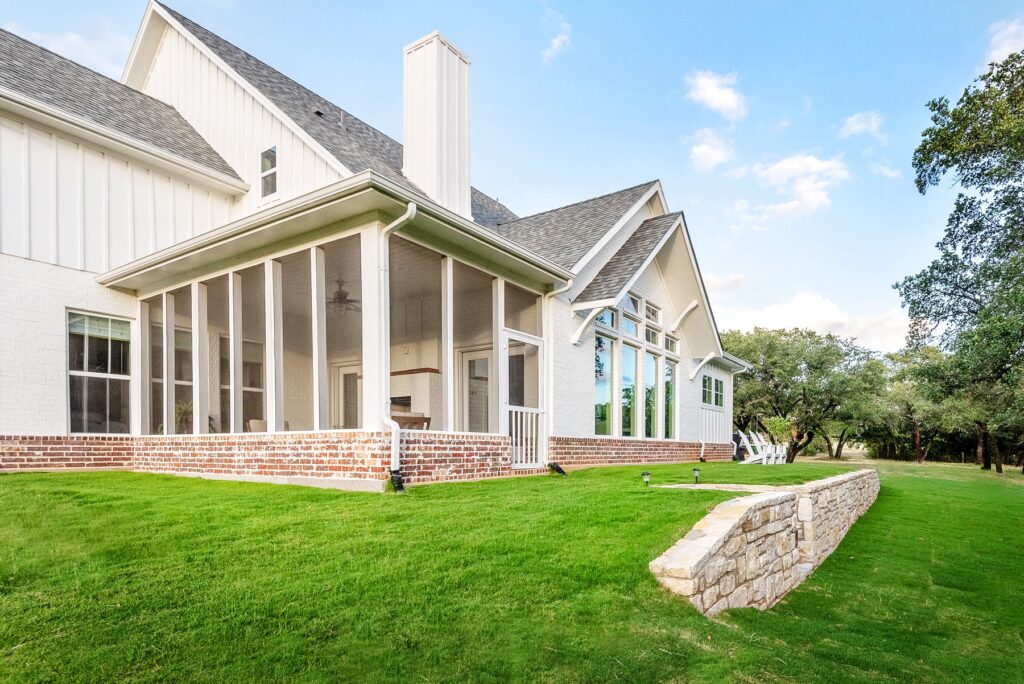

Choose a floor plan that allows for furniture placement
When you have your plans narrowed down to a few favorites, draw out important rooms such as the Living Room and Owner’s Bedroom to scale using graph paper. 1 square = 1 foot. Then cut out your furniture pieces to scale to move around on your graph paper plan.
Where is the sofa going to go and is there enough space to circulate through and around?
Is there a wall big enough for the antique French buffet you love?
Where will you put the Christmas tree (this was important to me, maybe it’s important to you too)?
If you prefer to float the sofa in the room so it’s not sitting against a wall, make sure there’s space to do that.
Is there a good wall in each bedroom to place a bed? Usually, beds look best on a wall across from the door.
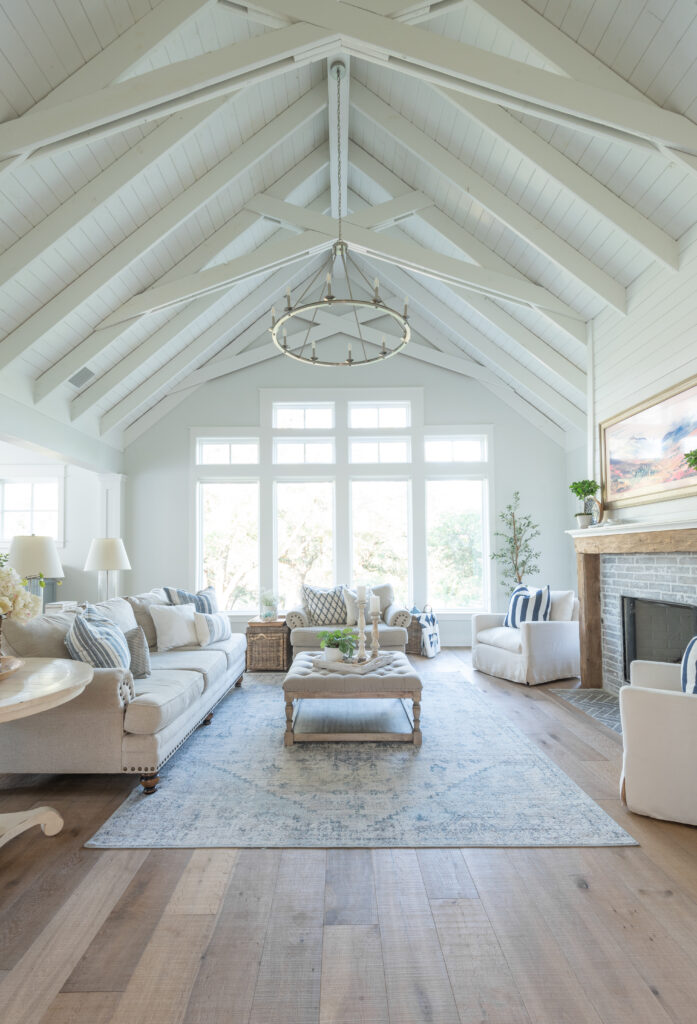
Choose a Function-filled floor plan
Take a look at the functional spaces like the mudroom, laundry room, and storage closets. Will they work for your lifestyle?
If your laundry room is always a mess, you may want to make sure it has a door to close it off.
Do you want a Formal Dining Room or would it be the receptacle for the mountain of unfolded laundry? (I speak from my own personal experience with a past formal Dining Room.)
Does the floor plan have any spaces that have a flexible function that could adapt to your changes in lifestyle through the years? Maybe you’d like a playroom now while the kids are young, but years from now you might need a home office, hobby, home school room, or a bedroom for an aging parent.

Flow
Imagine yourself walking in the front door and what you see straight ahead, right and left. Does it have a good first impression? Now continue visualizing yourself walking into the next space and what rooms you can see from where you are.
How are the sight lines and what are the focal points of the rooms?
When you’re cooking dinner, can you see the rest of the family?
It’s also important to know your preferences about open vs. closed floor plans.
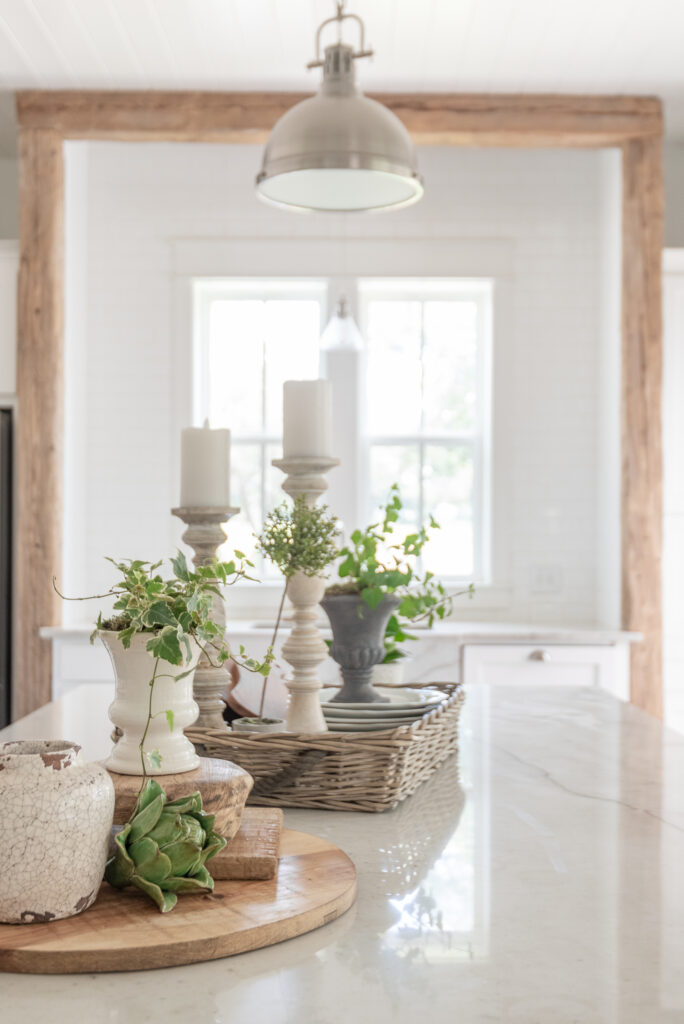
Budget
I know… the “B” word. Unfortunately, I had to bring it up, but at least I waited until #6!
When it comes to selecting a floor plan, this is a biggie. Balancing the budget is a matter of balancing the scope (or size/square footage) with the finishes (or quality of materials).
Is it more important to you to have the biggest house or the nicest house you can afford? It’s probably a mix, right?
Too big can feel cavernous, empty and cold. And too small can feel cramped and crowded.
Would you rather build a smaller floor plan and deck it out with the nicest finishes, or build a bigger plan and save on the finish out?
Smaller homes mean less to clean and maintain, and lower heating/electricity bills.
You may want a larger home if you have a large or growing family, enjoy entertaining, or if you never seem to have enough storage.
Most people will want to strike balance somewhere in the middle of the scope and finish in order to stick to the budget.
Knowing your “Must-haves” will help you prioritize your list. This Post about New Build Must Haves might be a good place to start.
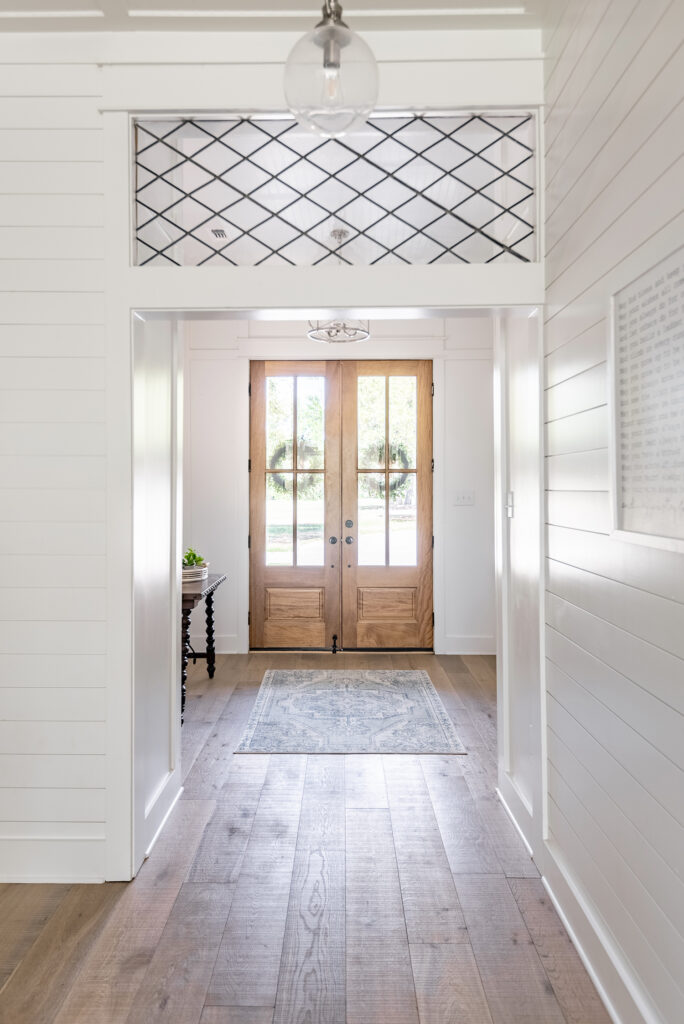
There are other ways to save when building. You might like this post about when to save vs splurge when building or this one Money Saving Questions to Ask Yourself when Building a Home.

Modifications
It’s totally normal to want to make a few modifications or tweaks to make a floor plan function best for your family.
Before trying to fit everything you’ve ever seen/loved in all the house plans you’ve looked at into a single floor plan that is your favorite, pause and ask yourself why this floor plan is your favorite.
What do you love about this plan? What did the designer do that made you choose it?
Could your modifications change what you love?
Many times a plan has already been very thoughtfully designed with aesthetics, function, and budget taken carefully into consideration to strike a happy balance, and making major changes can throw one or all of those things off.
There are minor changes like adding a garage bay, turning a shower into a closet, adding a window, or changing the way a door swings.
And there are more complicated and costly changes like adding on a room and therefore changing the flow and roof.
Ultimately, it will be YOUR home and it should definitely function for your family and be beautiful to you.
It can be easy to fall into the trap of trying to find or create “the perfect plan”, but because your needs, tastes, and trends are ever-evolving, it’s more important to find a floor plan that can EVOLVE WITH YOU.
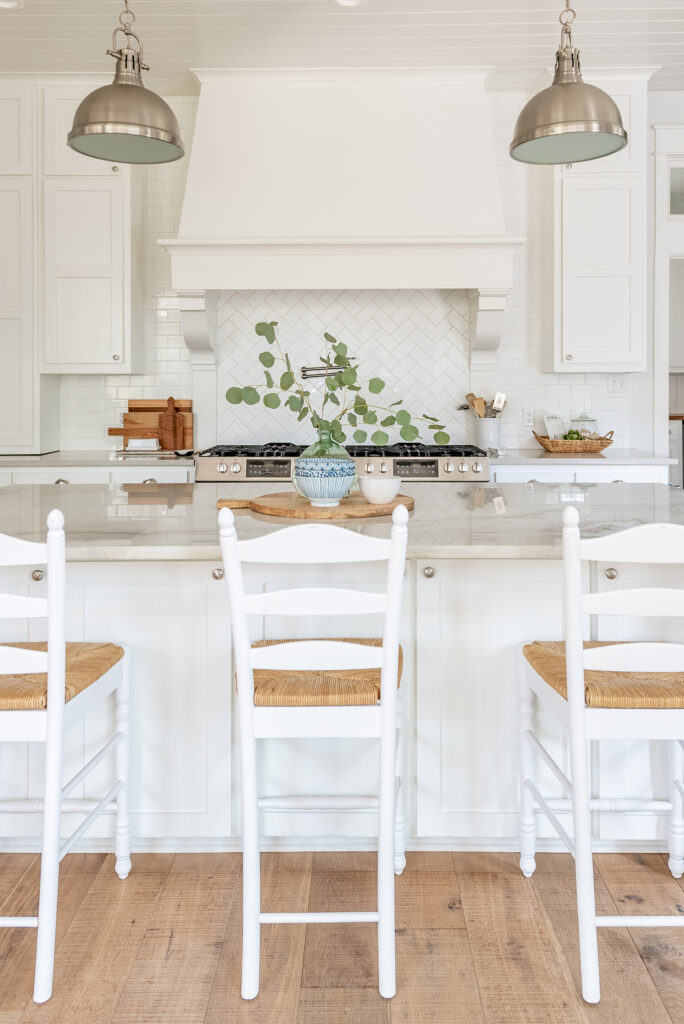

Foundation
Don’t eliminate a floor plan just because it doesn’t have the type of foundation you need/want.
In most cases, if you’re buying a stock plan, you should have the foundation engineered specifically for your site and local codes and conditions anyway.
Soil samples should be taken, and wind loads, slope and flood zones should be considered.
The foundation holds up your entire home, so don’t skip this very important step.

A Helpful Guide for You:
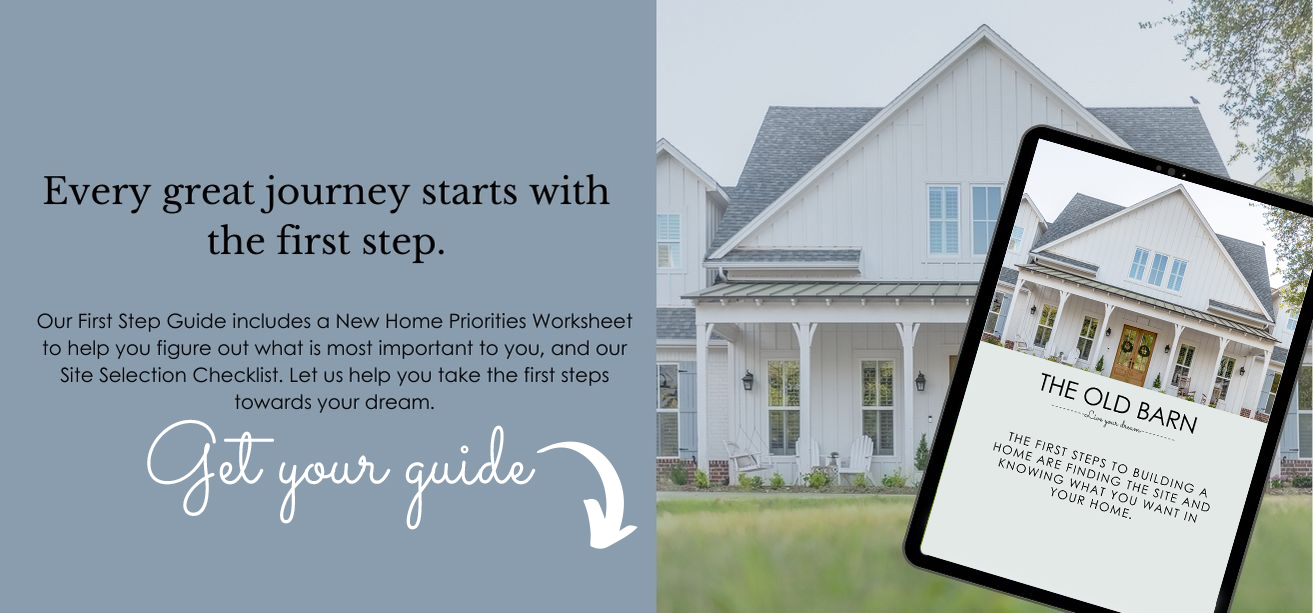
other posts you may enjoy:
- A Classy Cozy Christmas Home Tour | Ralph Lauren Style
- DIY Fireplace Makeover: How We Transformed Our Primary Bedroom With Peel-and-Stick Tile (Just in Time for Christmas!)
- Home Tour: Dreamy walk-through of the WD-5002 Floor Plan
- Wake Up Happy | Make your bedroom a cozy retreat
- A House Renewed: Cindy’s Home Gets New Life
